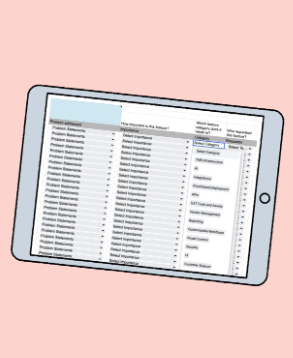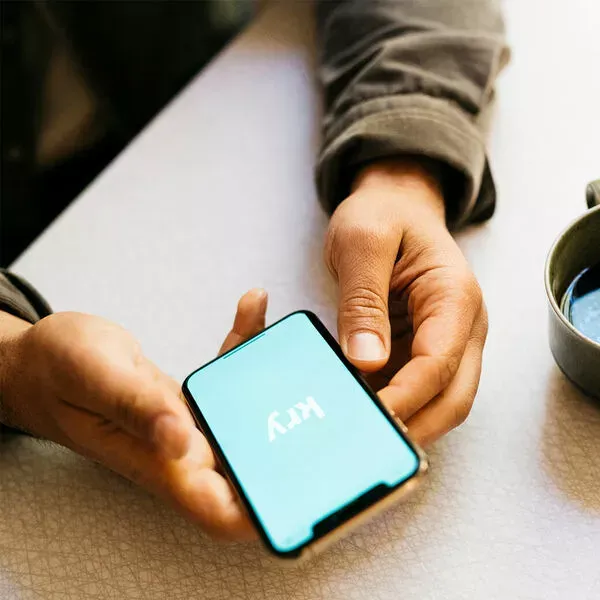Using metrics and measurable outcomes, you can shift the process from subjective to objective, engaging stakeholders at the right times, and providing clear guidance to maximize efficiency.
This evaluation template is for experienced and first-time TMS buyers. If you are new to TMS software and need tips on the selection process, including business and technical considerations, check out our blog post on how to choose the best translation management system for your team and company.
Why you need a TMS
Translation Management System (TMS) tools facilitate the management of localization and translation processes. Picking the right TMS is crucial for leveraging translation memory, owning translation workflows, reporting on translation cost and quality, and managing vendor queries. A strong TMS also ensures a smooth localization process, integrating translation into your broader content strategy, and supporting consistency across languages.
The main benefits of using a TMS tool are:
- Improved translation turnaround time
- Decreased translation costs
- Elevated translation quality
These benefits make it easier for you deliver larger volumes of translations in more languages, so you can ship products and campaigns to new markets faster.
Why a structured TMS evaluation process is key
The purpose of a TMS evaluation is to objectively assess the compatibility of the TMS tool with your organization's requirements.
A good evaluation will give you a comprehensive understanding of how well potential TMS tools integrate with your current systems and processes and help you identify potential compatibility issues with your existing translation workflows and/or tech stack, as well as estimate translation costs.
Another crucial aspect of your evaluation process should be assessing the scalability of the TMS tool.
You need a tool that can scale with you. By evaluating scalability, you can ensure that the chosen TMS tool can handle increasing volumes of content without compromising on quality or performance.
Additionally, an organized evaluation method will help you gauge the ease of use and user interface of the TMS tool. This is essential because it enables seamless adoption by all stakeholders. A user-friendly interface enables employees with varying levels of technical expertise to navigate the tool easily and work productively.
Breaking down the 5-step TMS evaluation template






